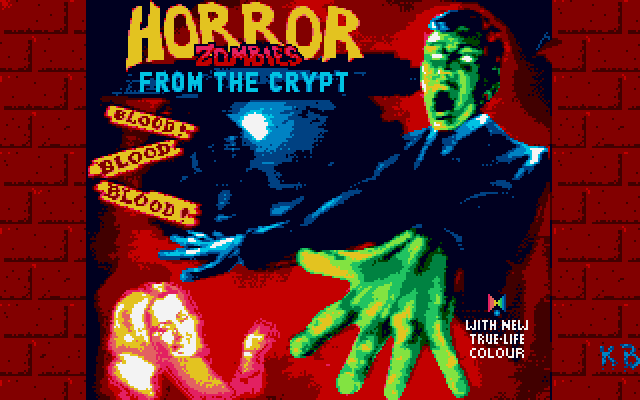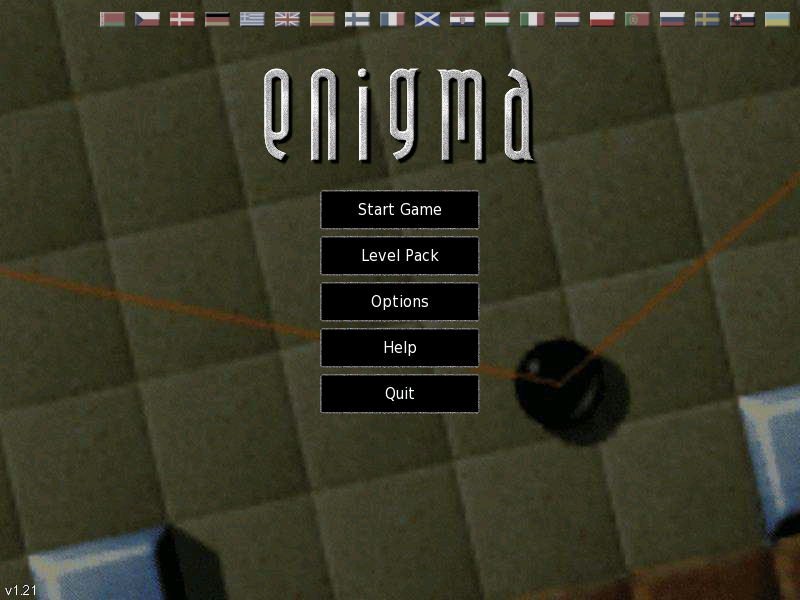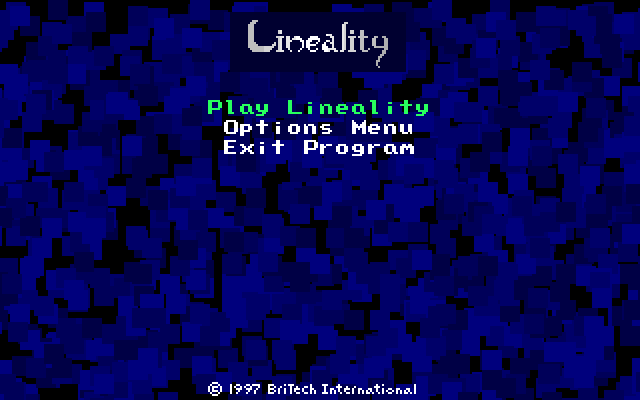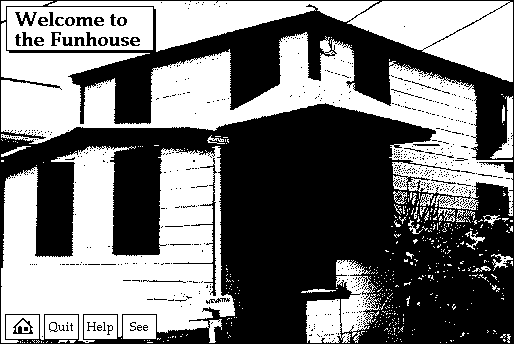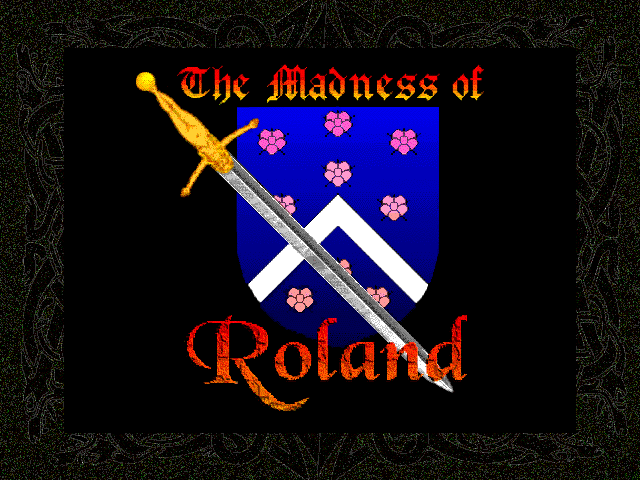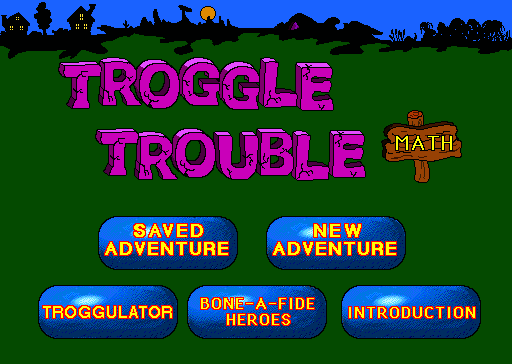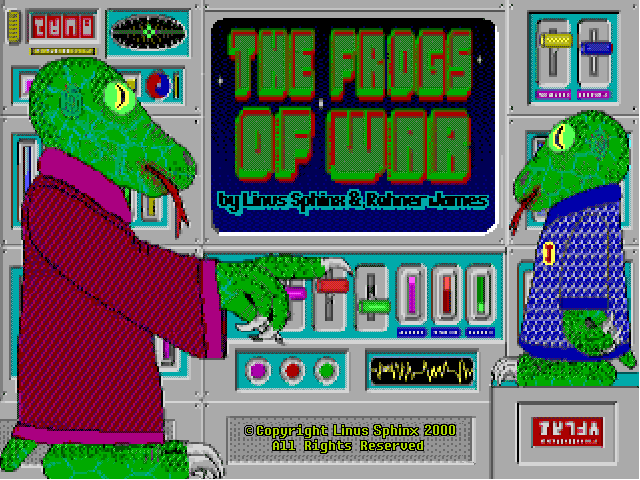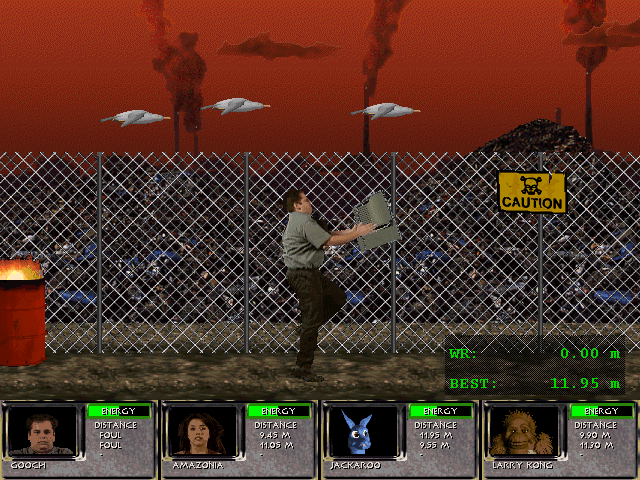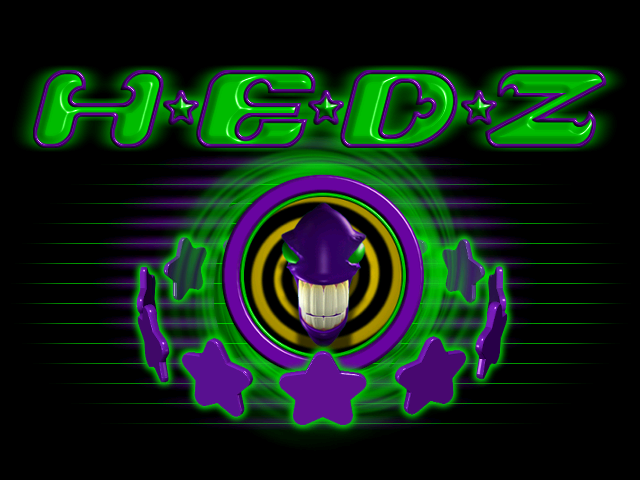Horror Zombies from the Crypt 
The best horror B movies treat their goofy subject matter sincerely. Parodies and homages to 40s and 50s horror movies seem to lapse too easily into tongue-in-cheek jokes about bad production values, cheap scares, and exaggerated cheesiness. Something like a Vincent Price film, or even a movie that’s fodder for Mystery Science Theater, plays it straight. They treat clichés with a straight face and are better for their earnestness towards shlocky material.
Horror Zombies from the Crypt does the same thing. It presents the game as an X-rated British horror film playing to a packed theater, but it doesn’t wink and nudge about the contents themselves, the haunted house, the zombies, the wolf men, and whatnot. It handles them like an actual campy horror movie would. At times, it’s fairly spooky. Less gracefully, it tries to bring the thrills of horror movie scares into the game too.
» Read more about Horror Zombies from the Crypt

